Best Beef Cattle for a Small Farm

Raising cattle can be a rewarding and profitable experience. Cattle ownership is not limited to large farms; stock can be sustained on small and hobby farms, provided you know the right breed to choose for your environment. Small and docile breeds like Miniature Herefords and Dexters are manageable and easy to control, often making them the optimal cattle option for most smaller-sized farms. A number of factors may impact your stock selection for your small farm such as your motivations for owning beef cattle, your land size, facilities and location. Read on to review these considerations and the importance of calculating your farm’s livestock capacity before making your livestock purchase.
What to Consider when Choosing the Best Beef Cattle for Your Small Farm
Assess your goals. Before exploring logistics, it’s wise to spend time assessing all of the reasons why you are introducing cattle in the first place. Is this project for personal use, breeding and/or commercial gains? Or a combination of factors? If you’re interested in buying a few cattle to supply your family with meat or to control the paddock growth, Angus can be a great choice. Not only are they one of the tastiest meats, but they also provide half of their weight in meat! Any cattle can be used for breeding purposes, but breeds like Australian Lowline cattle are highly fertile, so they might be the best choice for a breeding program. If you’re investment-focused, Miniature Herefords are highly sought after, but in low supply, so could be a good choice.
Land size & quality of pasture. The space you have for your stock is a determining factor in the breed choice and the quantity of cattle your farm can support. While there is no hard and fast rule, a full-sized cow or two smaller cows usually require about one hectare of land. This estimate is based on good-quality pasture that can support a herd. If the pasture is of lower quality, fewer cattle will be able to graze there.
Climate. Cattle respond to environmental and climatic conditions, so considering your local climate is imperative when choosing a breed. Over many years, cattle have adapted to varying degrees of temperature, resulting in cattle breeds to suit all conditions. Dexters are extremely tolerant of hot and dry conditions, while Highland cattle are best raised in cooler temperatures.
Equipment. Beef cattle require basic infrastructure like fences, gates, paddocks and yards. The number, level and quality of each will impact the type of breeds you can run. You may want to consider reinforced fencing if you use bulls for breeding. Access to shelter and clean water are also essentials. Your herd will also need sturdy loading ramps and cattle yards for moving cattle, vaccinations and treatments.
Skills and knowledge. Cattle are large and powerful, so selecting a breed with a quiet demeanour may be important for first-time cattle farming. While no formal qualifications are required, an agricultural course could be beneficial as it will give you valuable knowledge and practical skills in the industry. If you already have experience handling livestock, your skillset will open you up to a wider range of breed options.
Stocking rate & carrying capacity. Having the right number of cattle on a property is critical for successful land and stock management. Stocking rate and carrying capacity are guidelines to ensure you end up with the correct number of cattle for your space.
Importance of Calculating Stocking Rate & Carrying Capacity
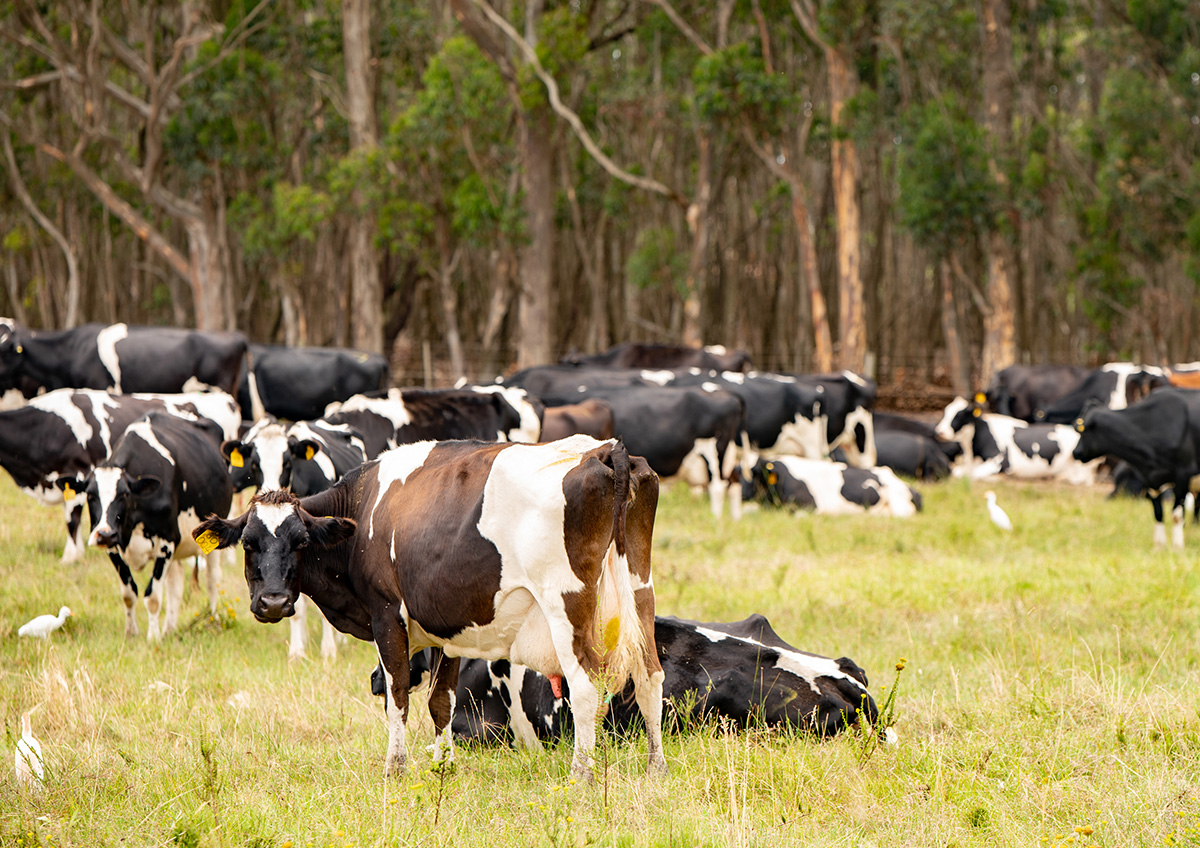
Stocking rate and carrying capacity calculations are essential as they offer two valuable insights for a grazing management plan. Stocking rate describes cattle as units per hectare, the total number of cattle on a property. The carrying capacity estimates how long the environment will support the cattle. The aim is for the carrying capacity to easily sustain the stocking rate.
These numbers are approximate estimates that indicate how well the livestock will survive on the farm and how well the environment will handle them. Undertaking these calculations before purchasing cattle will help avoid overgrazing, land degradation, and hungry livestock.
The best way to do these calculations is via historical data. The records of stocking rates or pasture inventory will offer insights into carrying capacity. If these are not available, there are formulas to help calculate both the stocking rate and carrying capacity.
The stocking rate is measured in Dry Sheep Equivalents (DSE). While it may seem odd to measure cattle in sheep equivalents, this measure is used to standardise the measurement of grazing animal units on farms. This is the most common way to compare the food and energy requirements of different types of animals. The number of DSEs varies greatly depending on the size and breed of the livestock. There is no such thing as a standard-sized cow. A Dexter might have a stocking rate of 6DSEs, but a large Angus might be equivalent to 15DSEs. It is important to understand DSE numbers when calculating stocking rate as it takes into account all sizes, breeds and types of animals.
Carrying capacity is an assessment of the quantity and quality of the pasture. It is the calculation of the amount of forage each unit of ground can produce and is based on soil quality, climate, pasture composition and supplementary feeding. This is the determining factor of the amount of cattle (or DSEs) the land can provide food for. One DSE is the amount of food a 50kg non-lactating ewe requires to maintain its weight. The carrying capacity estimates the energy produced over time, and one DSE is equivalent to 7.6 megajoules per day. The calculation is then expressed in DSE per hectare. Meat and Livestock Australia have a handy stocking rate calculator that you can use to help support your calculations.
Popular Beef Cattle Breeds For a Small Farm
With an understanding of how many cattle your farm can support, your overarching goals and climatic factors, let’s look at some popular beef cattle breeds that may be ideal. Small breeds are usually considered the most suitable for a small farm as they are the easiest to handle. We have also included a couple of mid to large-sized breeds with easy-going temperaments that can also be a good choice for a smaller land plot in fewer numbers.
Miniature Hereford
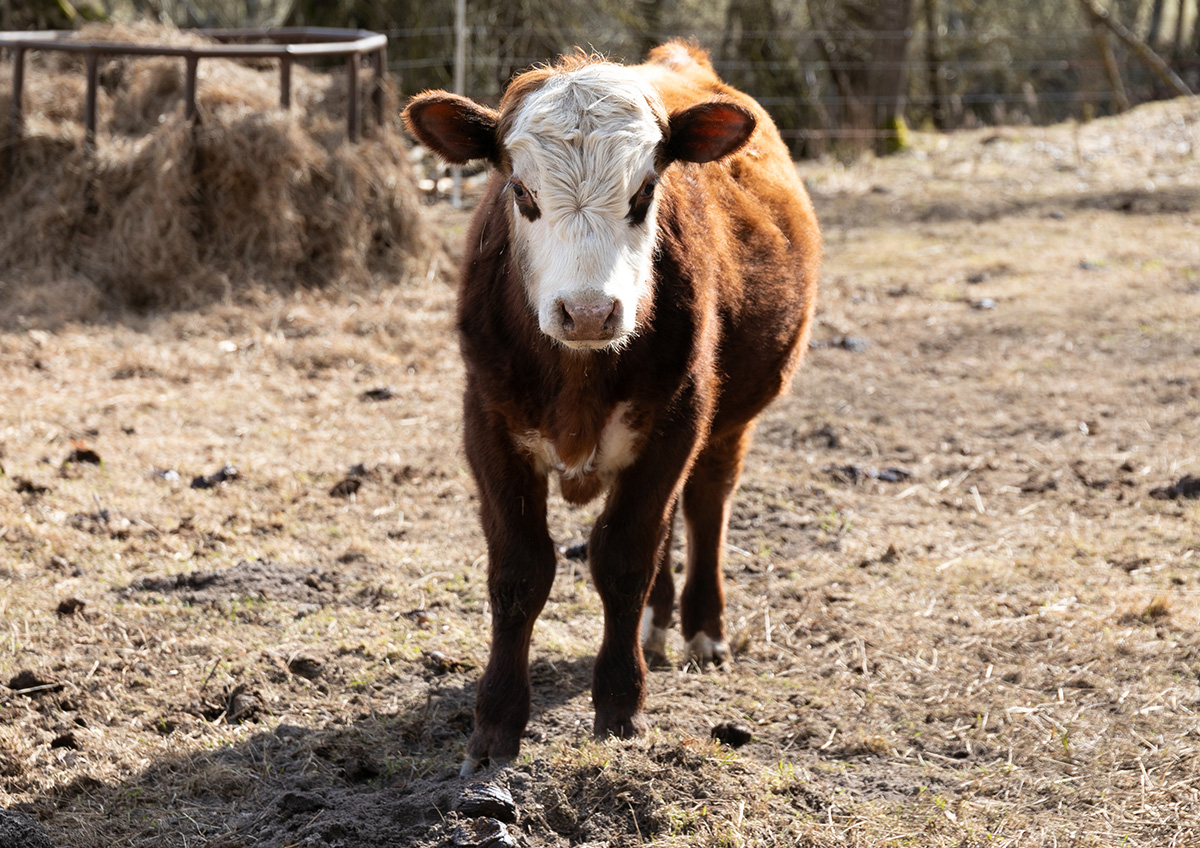
A small farm favourite, Herefords are adaptable and can survive in various weather conditions. Their beef is as tasty as full-size Herefords, but they require 30-40% less feed and much less room than their larger counterparts. Originating in England, this breed is known as a smaller, chunkier version of the full-size Hereford. Regarded as one of the better-looking breeds of cows, they are characterised by a thick, muscular body and short legs. They have distinctive white faces and reddish-brown coats.
- Stocking rate: 2 cows per hectare.
- Benefits of Miniature Hereford Cattle on Small Farms:
- Profitable
- Adaptable to all climate conditions
- Require less pasture
- High stocking rate
- Attractive
- Docile
Dexter
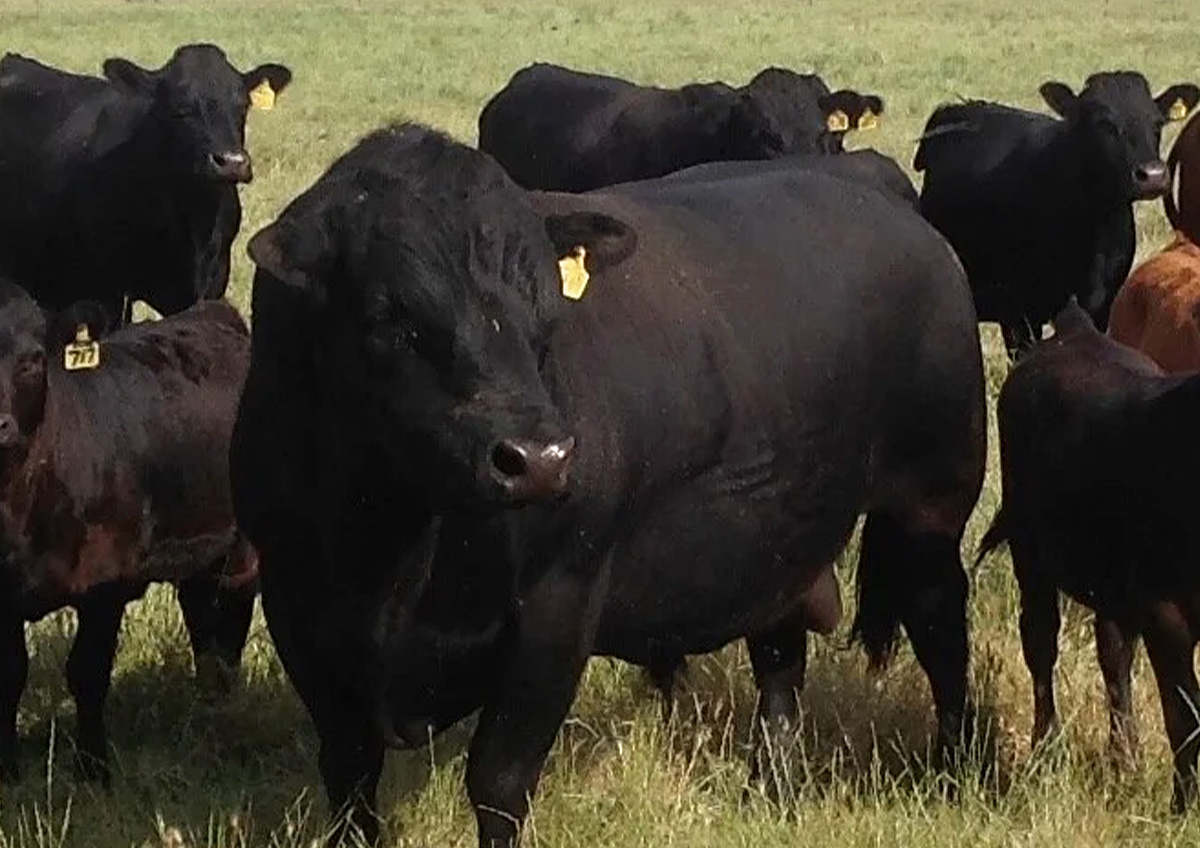
Of Irish descent, the Dexter is one of the smallest cows but is fast growing and matures in 12 to 18 months as finished beef. Because it is so small, the Dexter eats less grass than other breeds and can thrive in a variety of climatic conditions. Its size and adaptability have made this breed popular among small farm owners. Their coat is mainly black, but can be red or dun.
- Stocking rate: 2-3 cows per hectare.
- Benefits of Dexter Cattle on Small Farms:
- Require less pasture
- Require less space
- Light on the land
- Beef is known for its flavour
- Docile temperament
- Ideal for families
- Adaptable to different climate conditions
- Can provide milk and meat
- Can be trained as draft animals
Australian Lowline

Australian Lowline Cattle Association (ALCA)
Developed in Australia from the Angus breed, Australian Lowline cattle are small and quiet, making them ideal for more modest farms. Their height is about 60 per cent of a standard Angus cow. This breed thrives in extreme environments and can withstand humidity and cold temperatures. Their marbled meat makes them suitable for the commercial farmer, but they are also ideal for lifestyle farming with their docile temperament. They are highly fertile for breeding, mature early, and finish on grass by 14 months. They are either fully black-coated or fully red-coated.
- Stocking rate: 2-3 cows per hectare.
- Benefits of Australian Lowline Cattle on Small Farms:
- Requires minimal pasture
- Requires minimal feed
- Fertile
- Naturally polled
- Excellent quality beef
- Low impact on fencing
- Ideal for families
Highland
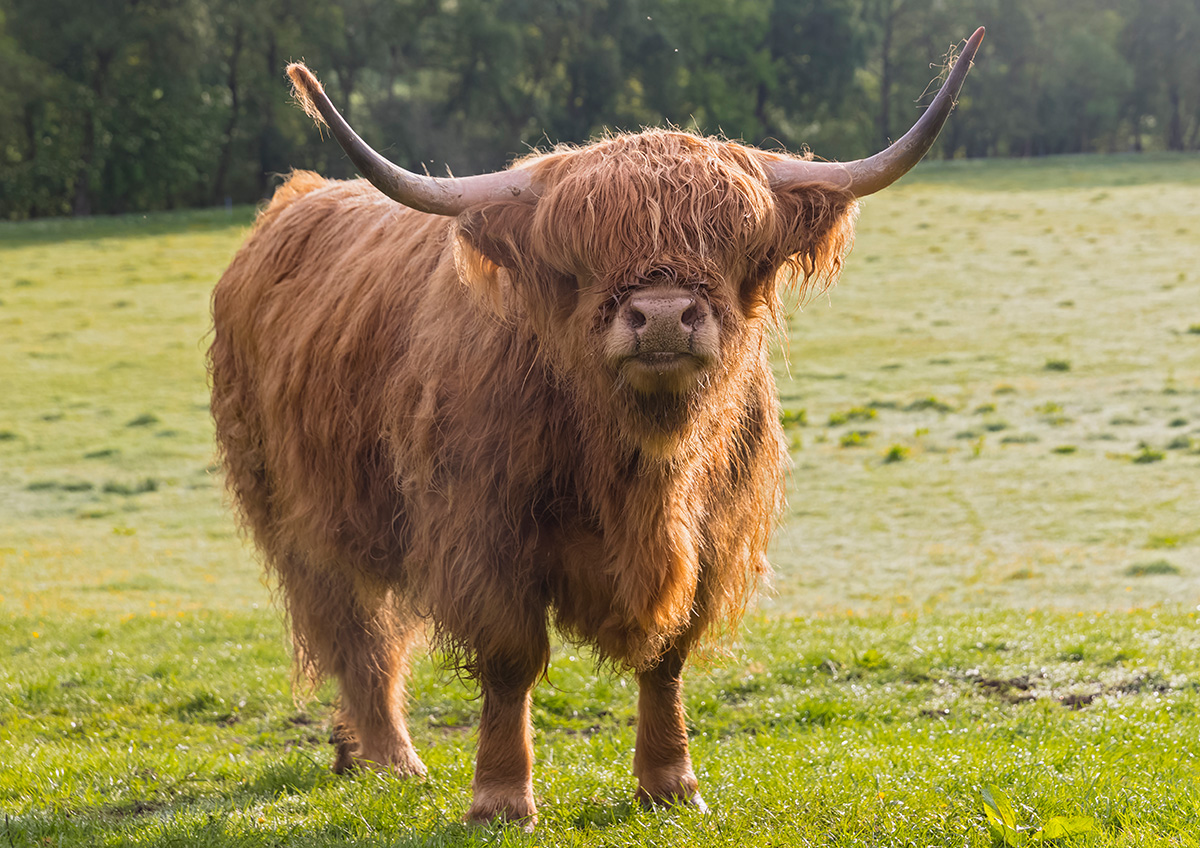
Even though Highland Cattle are not classified as miniature, their compact size makes them an ideal breed for a small farm. Originating from the Scottish Highlands, they are suited to cool climates; however, it’s important to note that this breed does not cope well with extreme heat. They have a gentle temperament, which makes them ideal for families and small farms. They can produce high-quality marbled meat even on poor pastures. This breed usually stands between 3 and 4 feet tall and is distinguishable by its long and fluffy coats and horns. Their coats can be red, brown, black, white, silver or yellow.
- Stocking rate: 1-2 cows per hectare.
- Benefits of Highland Cattle on Small Farms:
- Low maintenance
- Eat any pasture
- High-quality beef
- Gentle temperament
- Compact
- Attractive
Miniature Belted Galloway
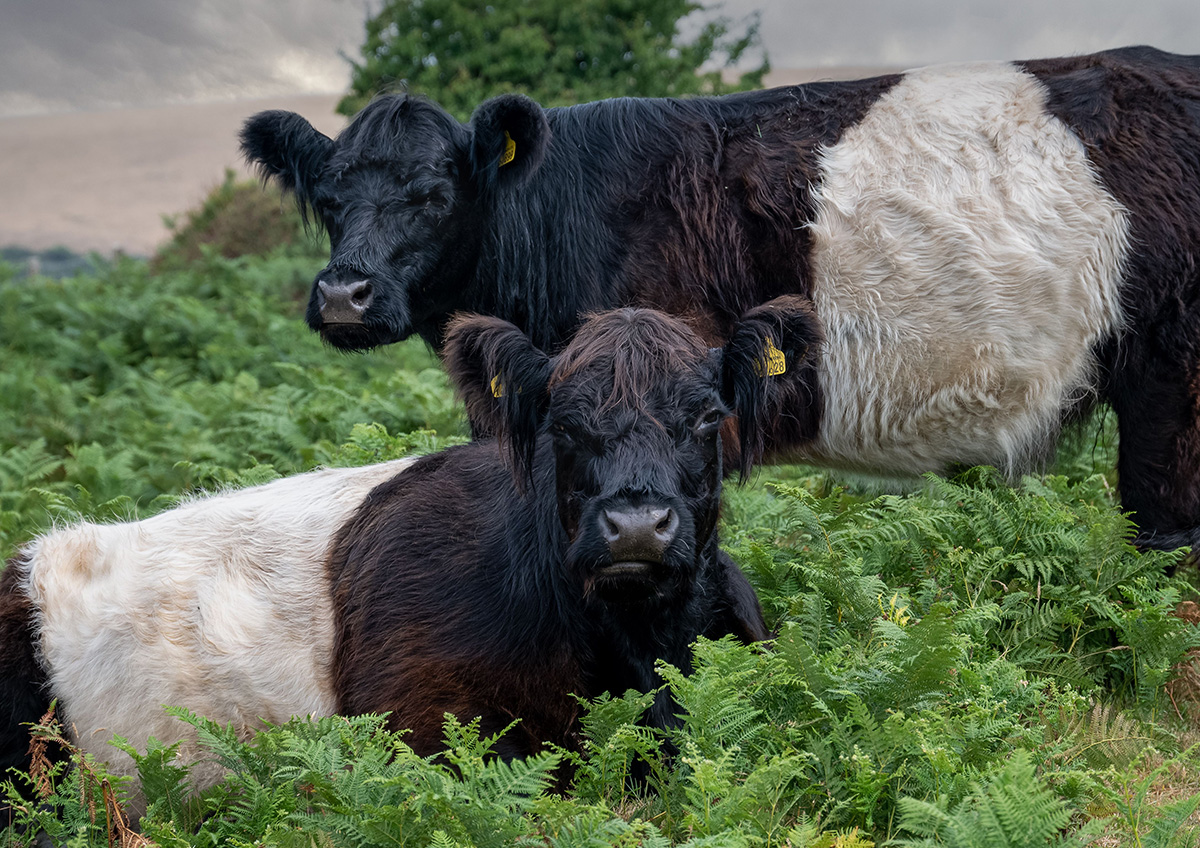
Known as “mini belties,” these small cattle originated from Galloway in Scotland. Their small size and docile nature have made them a popular choice for small farm livestock. Miniature Belted Galloways are highly fertile, easy calving, and make great mothers. They are extremely hardy and can tolerate all weather conditions. They are non-selective grazers, which contribute to pasture and weed control. Their beef is lean and well-marbled. They have a white belt which encircles the body and the coat can be black, red or dun.
- Stocking rate: 1-2 cows per hectare.
- Benefits of Miniature Belted Galloway Cattle on Small Farms:
- Adaptable to all weather conditions
- Long living
- Eat any pasture
- Docile and easy to handle
- Highly fertile
- Naturally polled
- Lean, marbled meat
Zebu

These naturally small cattle originated in Southern India, and are extremely tolerant to heat but can withstand cooler temperatures. Although not bred intentionally for meat production, they can be used for meat, milk or as a draft animal. They are small, docile, and social, making them an ideal breed for small farms. They are known for being intelligent, low maintenance and disease and parasite-resistant. With a distinctive appearance, Zebus are horned, have loose skin, a hump above their shoulders and large ears. They are grey or red in colour.
- Stocking rate: 3 cows per hectare.
- Benefits of Zebu Cattle on Small Farms:
- Heat tolerant
- Intelligent
- Sociable
- Docile
- Hardy
- Low-maintenance
- Disease and parasite resistant
Bramalow
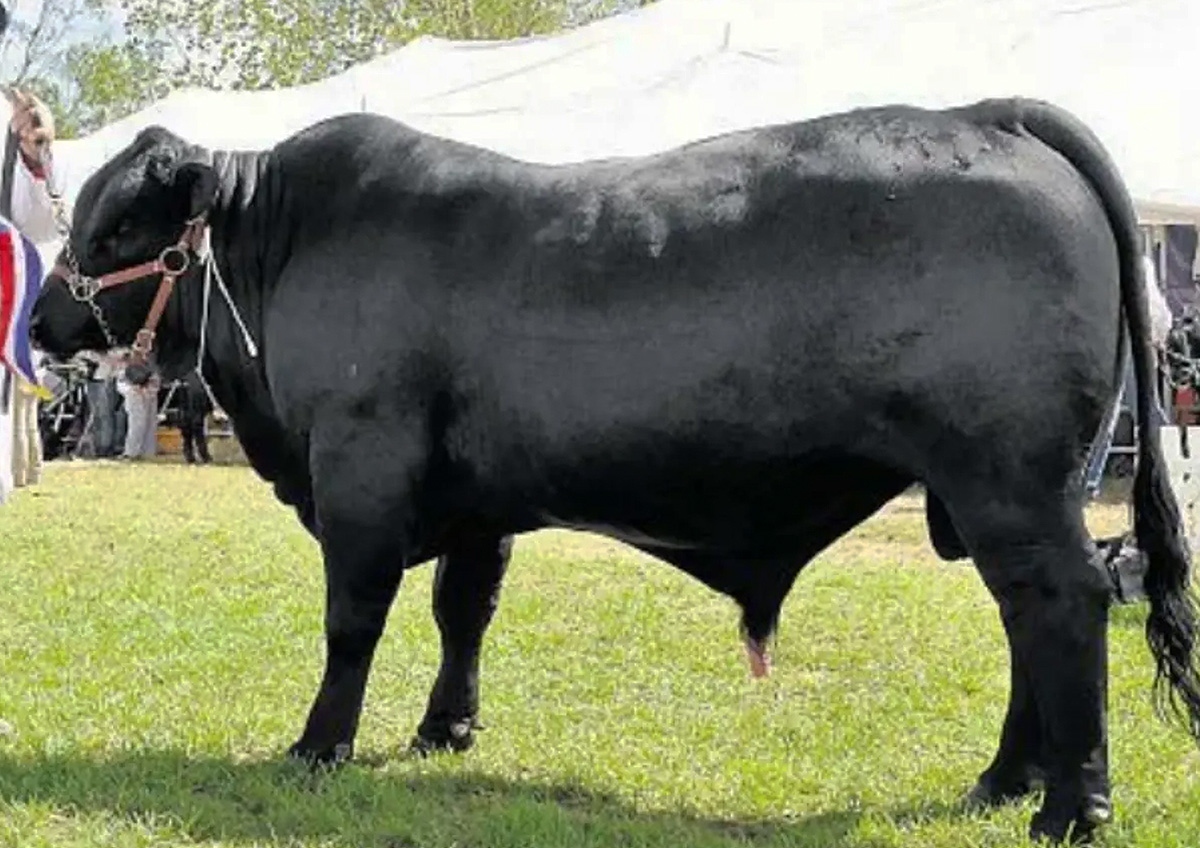
This relatively new breed combines the traits of the Lowline and Brahman. The Bramalows started in 2000 when a breeder wanted to establish a compact, beef-producing animal. The result is an extremely functional breed that produces excellent meat and adapts to all conditions. Their resistance to ticks, parasites and heat, combined with their size, make them a good choice for a small farming operation. They have an easy-going nature and mature early. Being a new breed, they are rare to find.
- Stocking rate: 1 cow per hectare.
- Benefits of Bramalow Cattle on Small Farms:
- Excellent beef producer
- Hardy and adaptable
- Naturally polled
- Parasite and heat resistant
- Early finishing
- Longevity
- Compact
- Heat resistant
- Easy-going nature
Gelbvieh
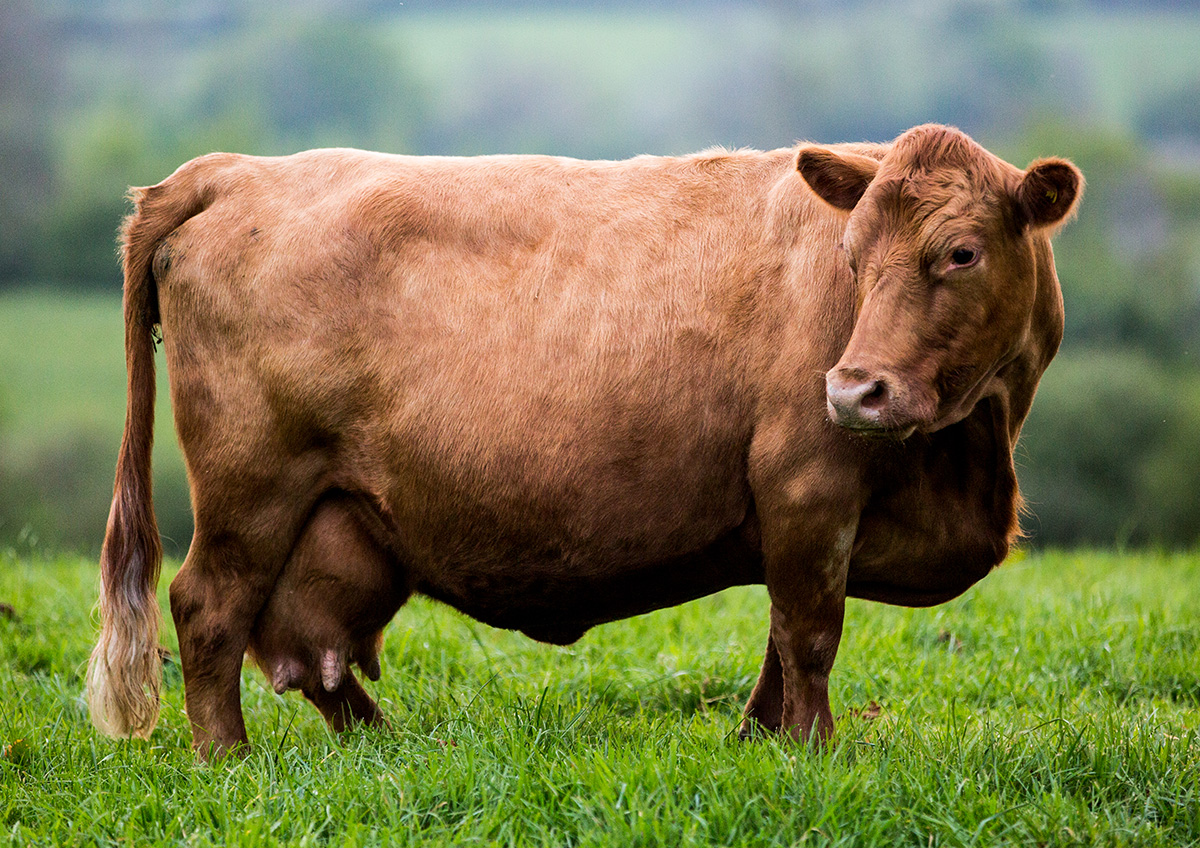
This medium-sized breed, originating from Germany, has a quiet temperament and is easy to handle, making it a potential candidate for a small farm. It is also recognised for its fertility and longevity. These dual-purpose cattle are excellent meat and milk producers. They are renowned for their fertility, ease of calving, and good mothering, and they adapt to hot and cold weather. “Gelbvieh” literally means “yellow cattle” in German, but these cattle range in colour from black to honey.
- Stocking rate: 1 cow per hectare.
- Benefits of Gelbvieh Cattle on Small Farms:
- Docile temperament
- Excellent meat and milk producer
- Fertile and easy calving
- Adaptable to all climates
- Feeding efficiency
- Tick resistant
Simmental
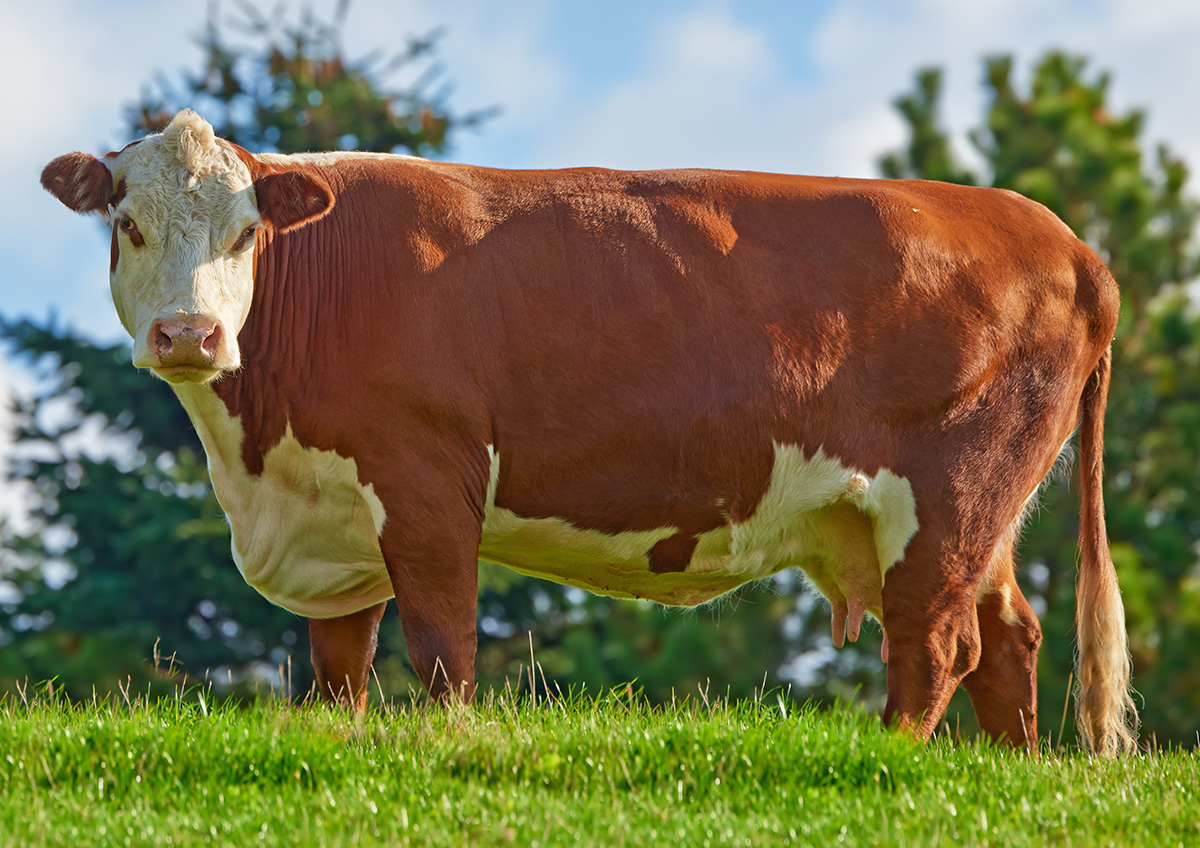
Although a larger breed, the Simmental is extremely versatile and can work for large farms or small landholders. Simmentals have existed since the Middle Ages, and the name is derived from the area in Switzerland where it was first bred. Despite their size, Simmental cattle are docile creatures used for milk, meat, and as draft animals. They are fertile and have good mothering traits.
- Stocking rate: 1 cow per hectare.
- Benefits of Simmental Cattle on Small Farms:
- Excellent meat producers
- Docile temperament
- Fertile and good mothering traits
Raising beef cattle on a small farm can be a rewarding experience, and many breeds are ideal for this pursuit. Deciding the best cattle for your farm will depend on your reasons for wanting livestock, the amount of land you have, climate, and skills. Because you are investing time and money, choosing the right breed will be critical. We detail the popular cattle breeds for small farms to help you take the guesswork out of selecting the best breed for your operation.